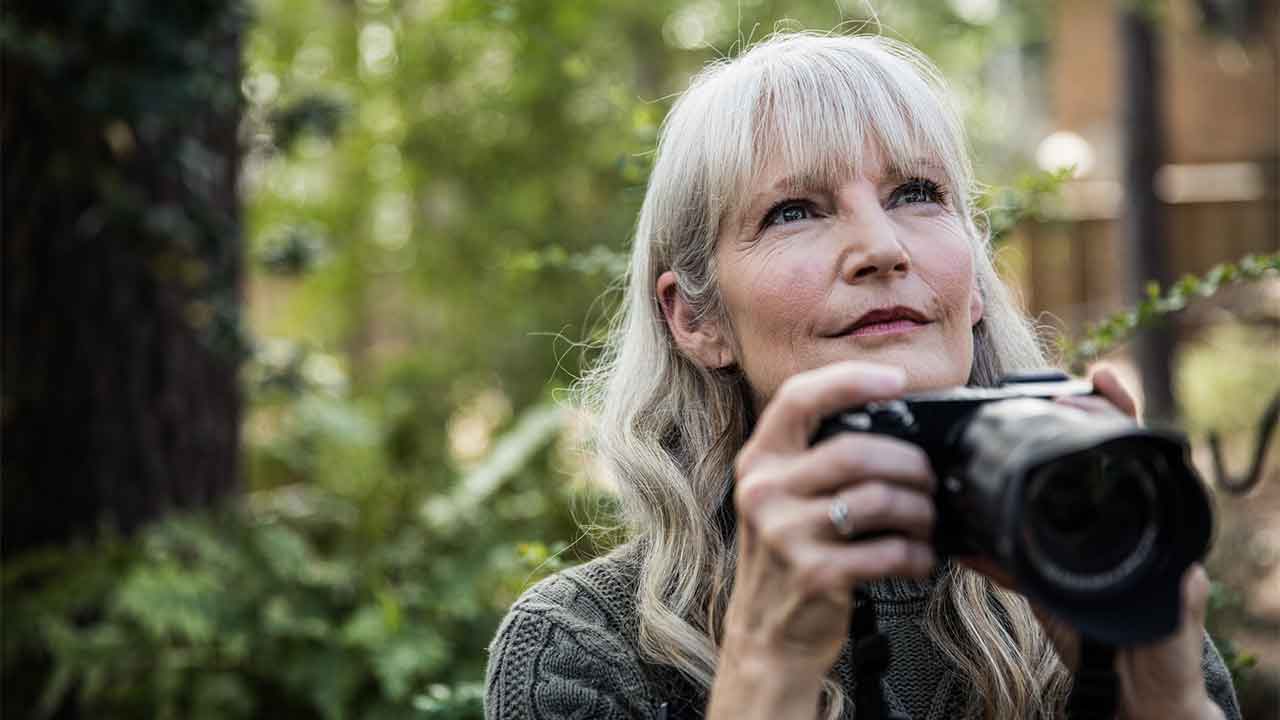Mind
The secret to taking the most amazing photos you’ve ever shot

If you are an aspiring photographer you may have heard of RAW. It is a common term bandied in digital photography, but what is often not explained is why it is important and what it means for your images. We sort out fact from fiction so you can see what RAW can do for your photographs.
What is RAW?
RAW is a file format comparable to a negative in the digital world. As we know from the time before we all went digital, negatives possess all the necessary information to create a photo. When you use RAW, you capture your images like a negative – meaning the image you capture in not yet processed. This is different to shooting in the common JPEG format where the camera processes and compresses the image for you. Information is lost in the JPEG process, which results in a lower-quality image that is harder to edit. For professionals, using RAW is preferable as you can decide how you want to edit a photo and thus produce what you had in mind, rather than letting the camera decide for you.
Why is it good?
As the RAW format provides you with the most information possible when capturing an image, the quality of the photograph is going to be higher and better than any other format. The greatest benefit, however, lies in the editing process. As no information has been processed or compressed, you will be able to correct problems you see in your photos – this would not be possible if shot in JPEG format. With RAW capture you also have control over the white balance, contrast, highlights, shadows, colours and saturation. You can easily correct both over- or under-exposed images without a reduction in quality, which is particularly useful if you shoot under difficult lighting circumstances like at night-time. You can also adjust the white balance of photos which helps you achieve the proper colour balance, crucial in creating great photos.
What are the downsides?
Image: Getty Images


